 Loading... Please wait...
Loading... Please wait...Blog
Capnography and Its Relevance in Procedural Sedation and Pain Management
Posted on 17th Jun 2025
At Pacific West Medical, we have seen technology evolve, but our focus on advancing patient safety has remained constant. One of the most significant advancements in patient monitoring is the mainstream adoption of capnography, especially during procedural sedation and pain management. This technology, which is a medical CO2 monitor, offers real-time continuous monitoring and breath-to-breath assessment of a patient's ventilation. It provides a crucial layer of safety, offering immediate insights that empower clinicians to act decisively when it matters most.
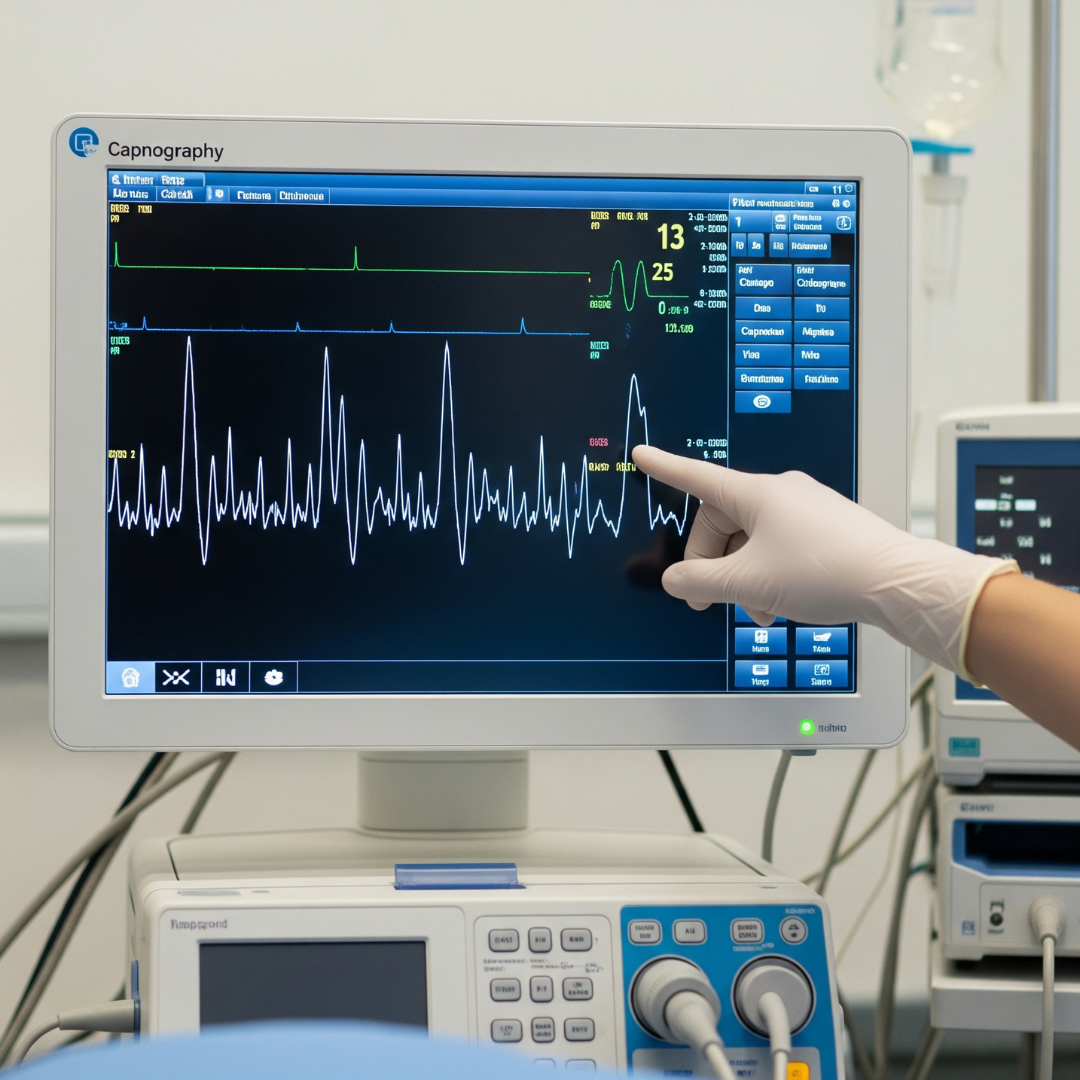
Enhancing Safety with Real-Time Data
The primary value of capnography is its ability to provide an instantaneous picture of a patient's ventilatory status. Unlike pulse oximetry, which measures oxygenation (a later indicator of a problem), capnography directly reflects how effectively a patient is breathing. In our experience, having access to continuous monitoring and real-time data allows clinicians to immediately identify trends and changes, enabling proactive intervention long before a more serious event, like hypoxia, can occur.
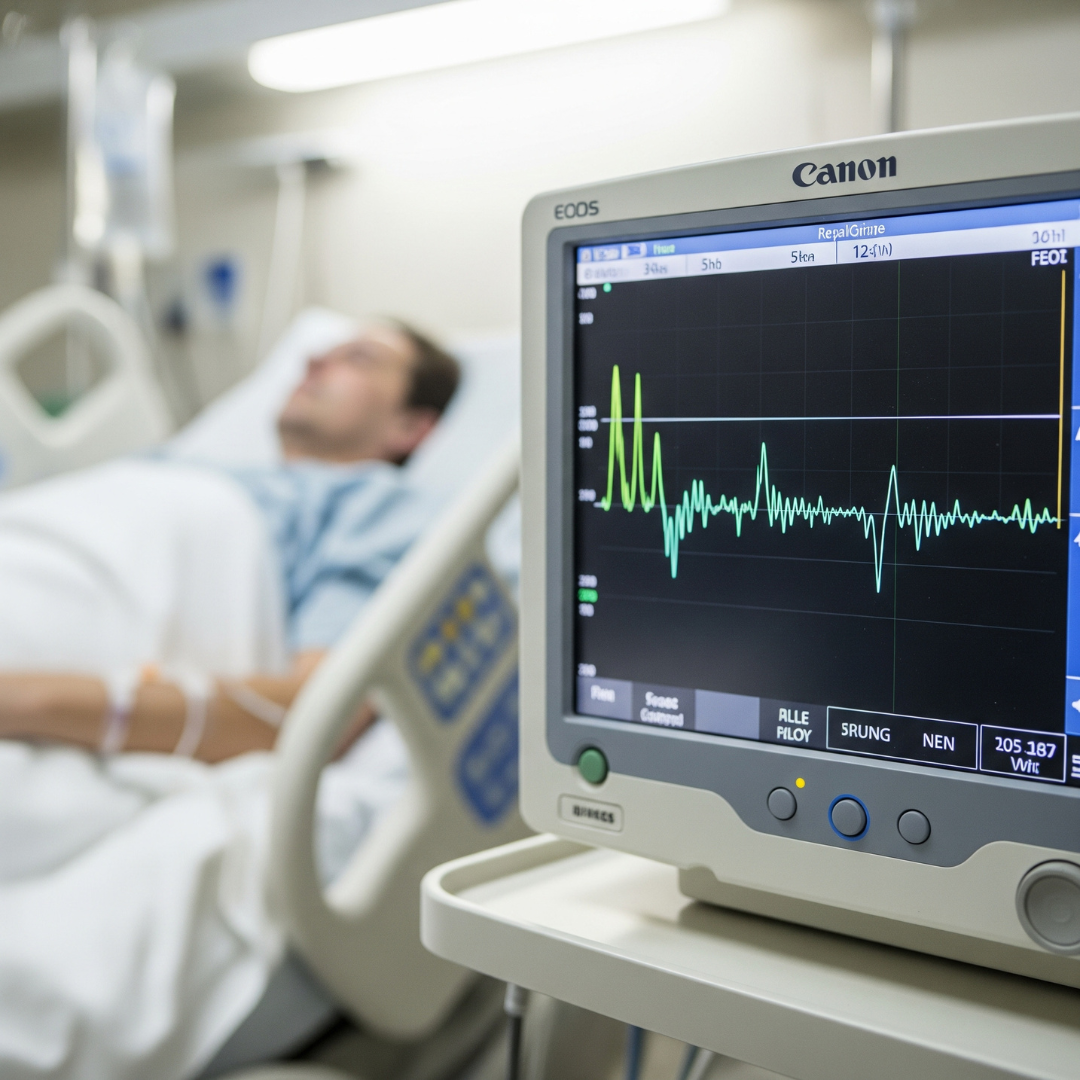
The Earliest Warning for Respiratory Depression
Procedural sedation, while generally safe, carries an inherent risk of respiratory depression. Capnography is the most sensitive tool for its early detection. A change in the shape of the waveform or a gradual increase in the end-tidal CO2 (EtCO2) level can be the first sign that a patient's breathing is becoming compromised. Recognizing these subtle signs allows for swift adjustments to sedation levels or airway support, forming a critical line of defense for the patient.
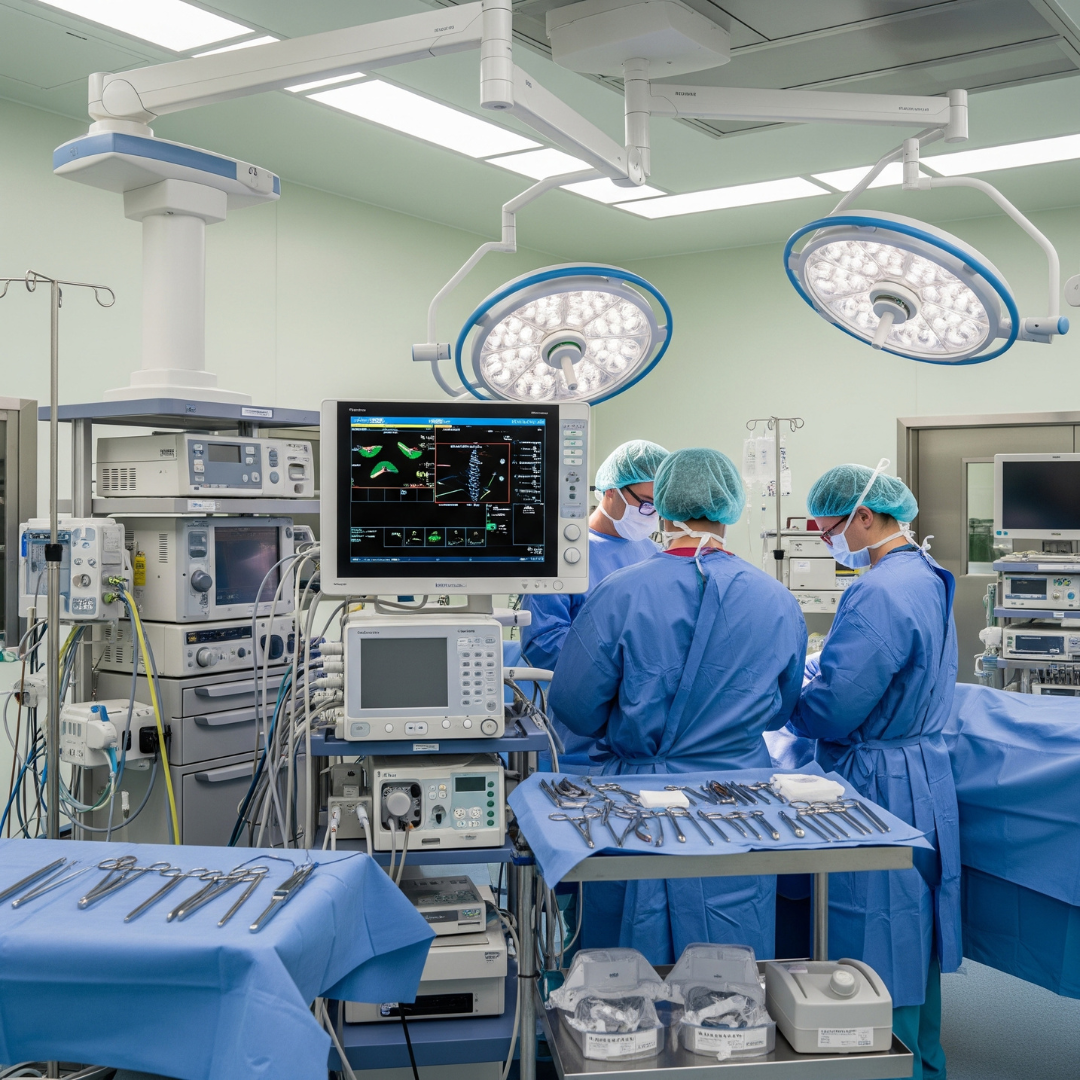
Aligning with Professional Standards
The clinical community has increasingly recognized the importance of this medical CO2 monitor. Leading organizations, including the American Society of Anesthesiologists (ASA) and The Joint Commission, have integrated capnography monitoring into their standards and recommendations for sedation. Adhering to these guidelines is not just about compliance; it's about committing to the highest standard of care. We believe that equipping healthcare facilities to meet these standards is fundamental to providing exceptional patient care.
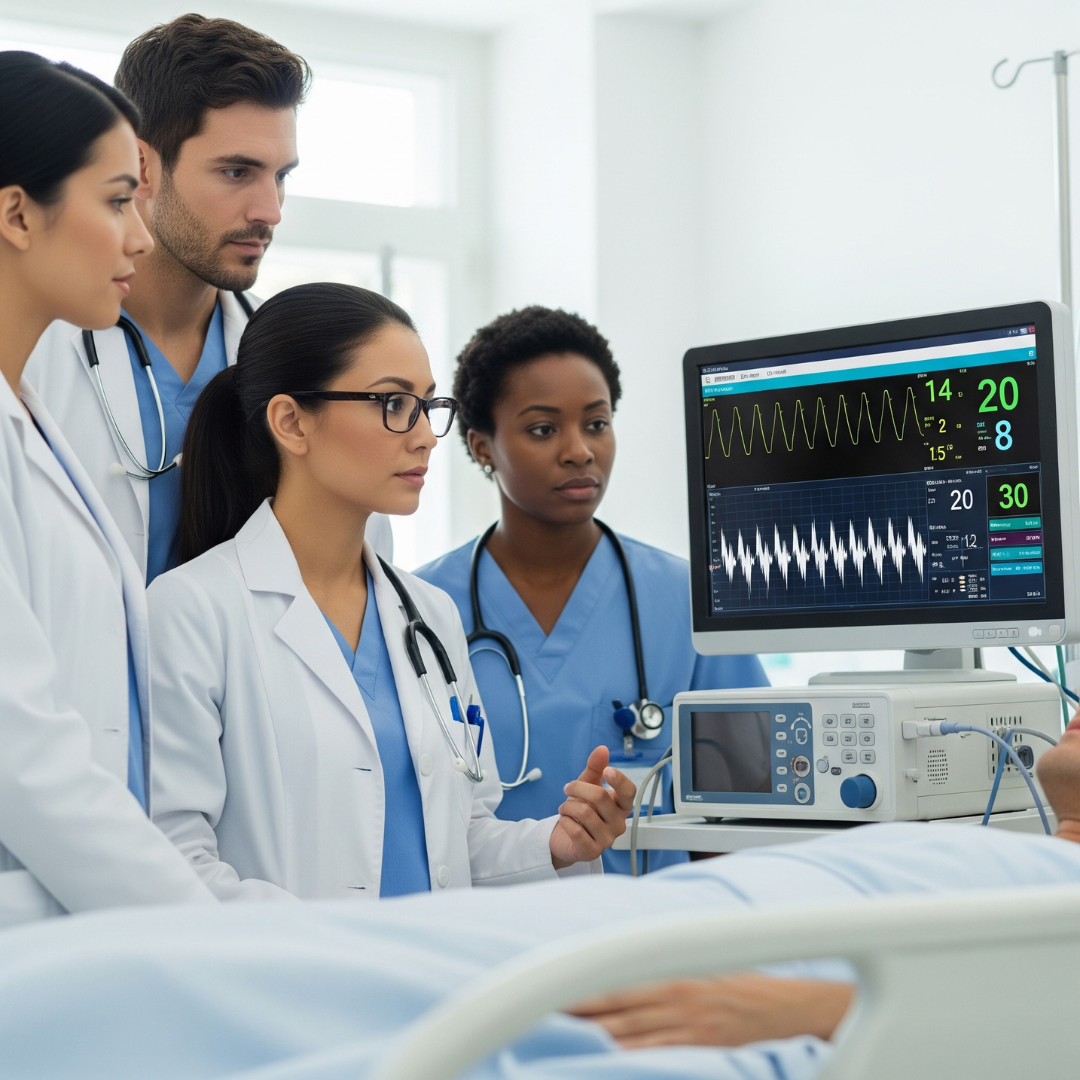
Improving Clinical Confidence and Workflow
For the clinical team, capnography provides more than just data; it provides confidence. The clear, objective feedback on ventilation helps practitioners make informed decisions quickly, especially during critical moments. This technology seamlessly integrates into the clinical workflow, providing an uninterrupted stream of information and continuous monitoring that enhances the team's ability to maintain control and focus on the patient. This confidence translates directly into a safer and more controlled procedural environment for everyone involved.
Our deep understanding of the clinical applications and critical importance of capnography informs our commitment to the medical community. We believe that providing access to reliable, high-quality medical CO2 monitoring equipment is foundational to achieving the best possible patient outcomes. To learn more about how advanced monitoring solutions can benefit your practice, explore our resources or contact us.
Shop Medical Equiptment Today!
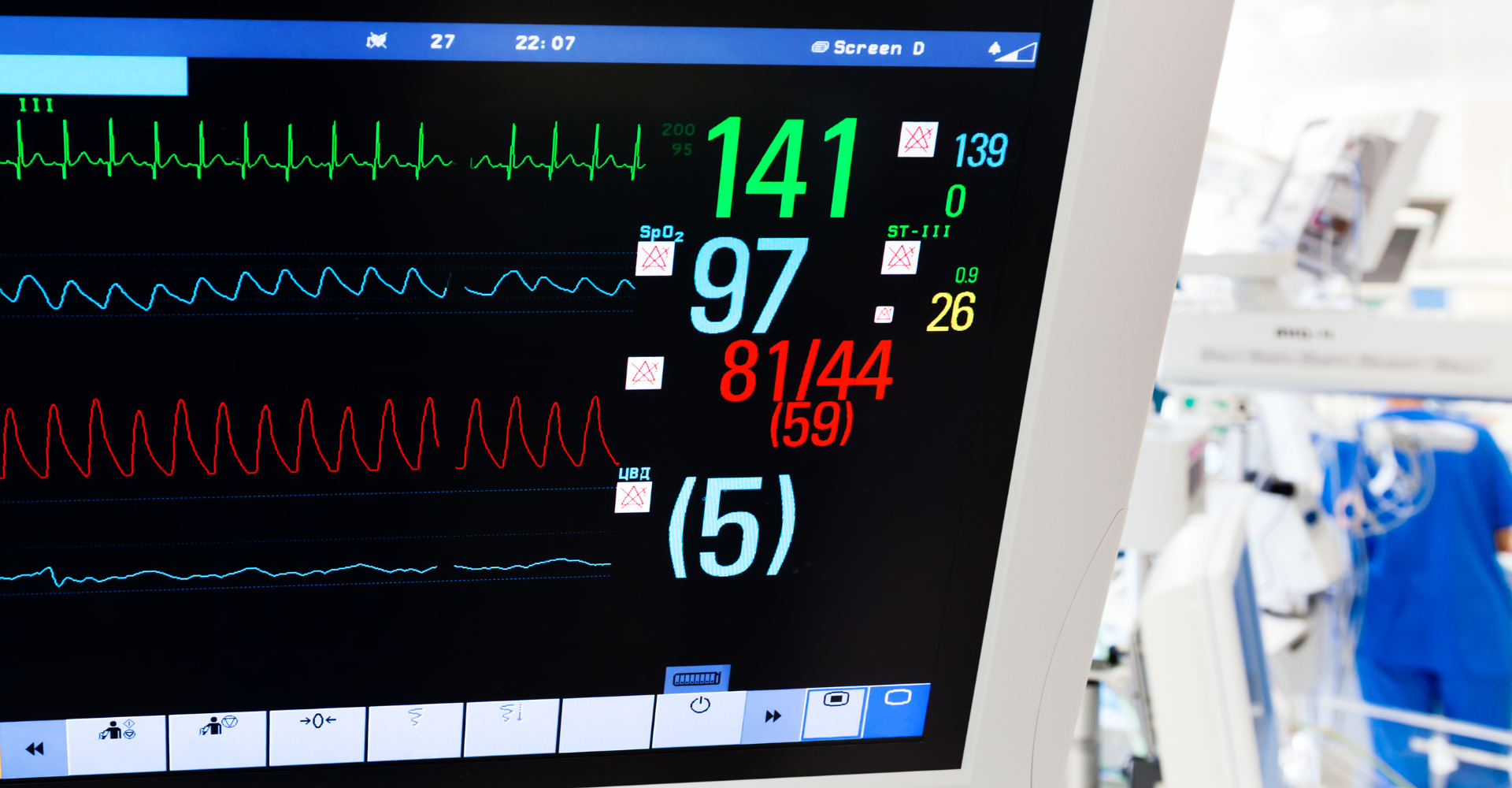
Best Practices for Implementing CO2 Monitoring in Your Medical Facility
As healthcare providers strive to enhance patient safety and care, the implementation of medical CO2 monitors is becoming increasingly vital. Capnography, the measurement of carbon dioxide (CO2) in respiratory gases, is crucial for monitoring patients’ respiratory status, especially in high-risk environments. Leading brands like Criticare or Edan, offered by Pacific West Medical, provide advanced CO2 monitoring [...]

Best CO2 Monitoring Equipment for EMS
In emergency medical services (EMS), effective monitoring of carbon dioxide (CO2) levels is critical for patient assessment and management. Accurate CO2 measurements help EMS professionals make timely decisions that can represent the difference between life and death. This blog highlights the best CO2 monitoring equipment available for EMS providers, ensuring they have the right tools [...]
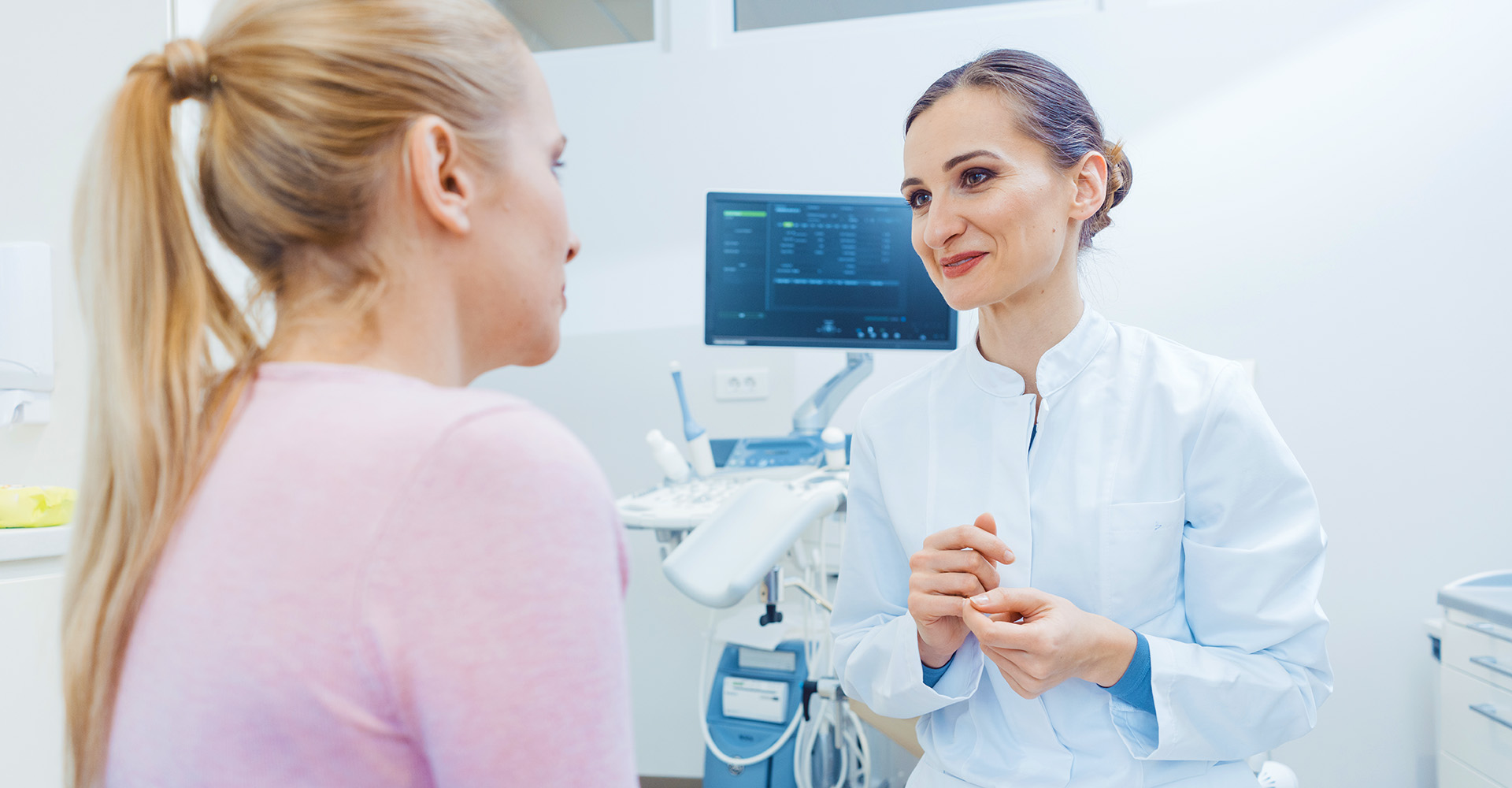
Elevating Healthcare: The Future of Medical Device Sales
In the ever-evolving healthcare landscape, medical device sales play a critical role in ensuring that hospitals and clinics have access to the latest and most effective technologies. From surgical instruments to diagnostic equipment, medical devices are essential for enhancing patient care and improving outcomes. At Pacific West Medical, we are committed to providing top-notch medical [...]
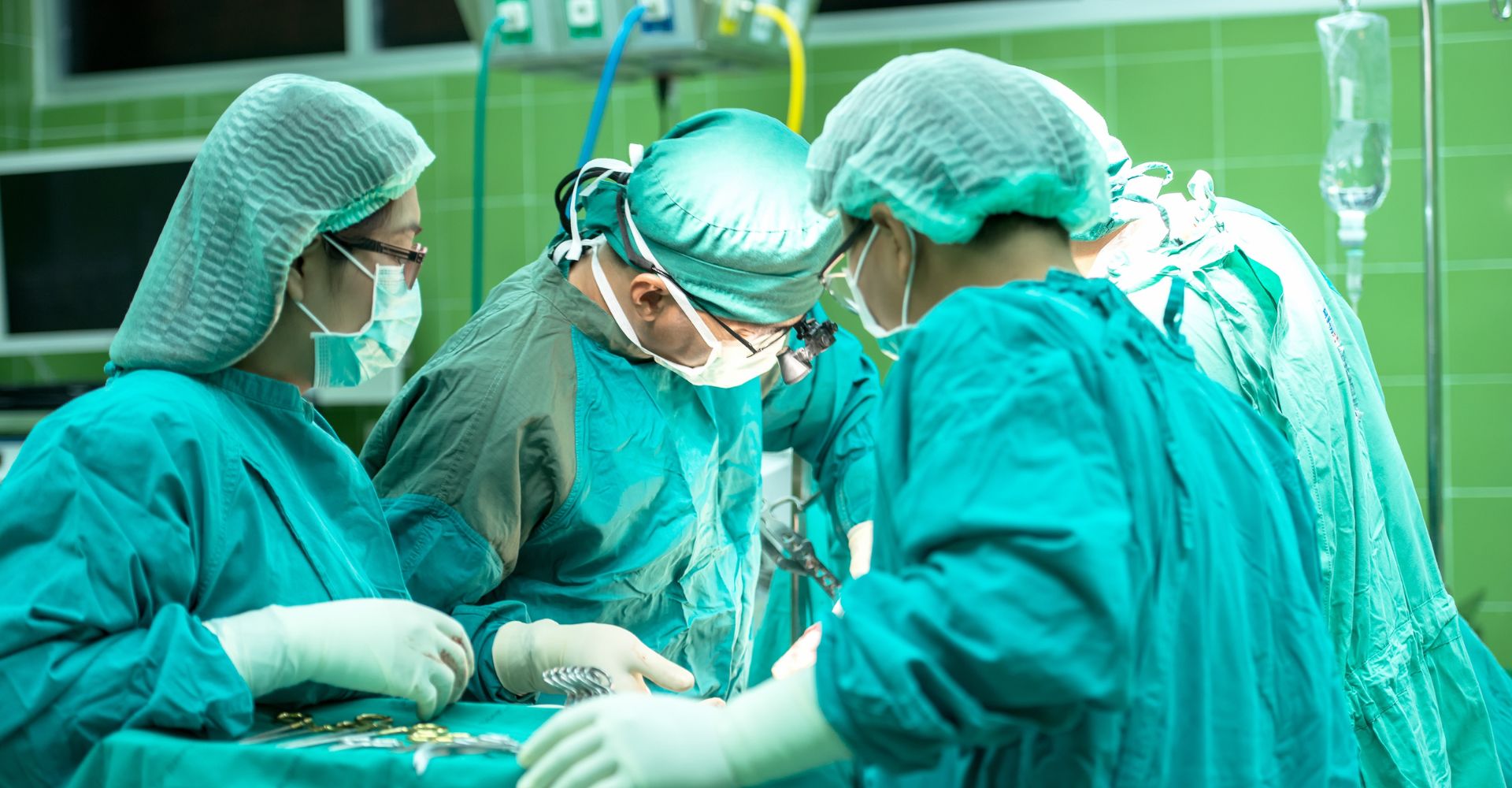
How Capnography Can Help in the Early Detection and Management of Sepsis
At Pacific West Medical, we understand that timely detection and management of sepsis are critical for improving patient outcomes. Sepsis, a life-threatening condition caused by the body's response to infection, can progress rapidly and lead to organ failure. Capnography, the monitoring of carbon dioxide (CO2) levels in exhaled breath, has emerged as a valuable tool [...]

CO2 Monitoring for Conscious Sedation: Best Practices and Techniques
At Pacific West Medical, we understand that ensuring patient safety and comfort during conscious sedation procedures is paramount. CO2 monitoring serves as a critical component in this process, offering real-time insights that can significantly enhance patient outcomes. Implementing best practices and techniques for CO2 monitoring can transform the sedation experience for both healthcare providers and [...]
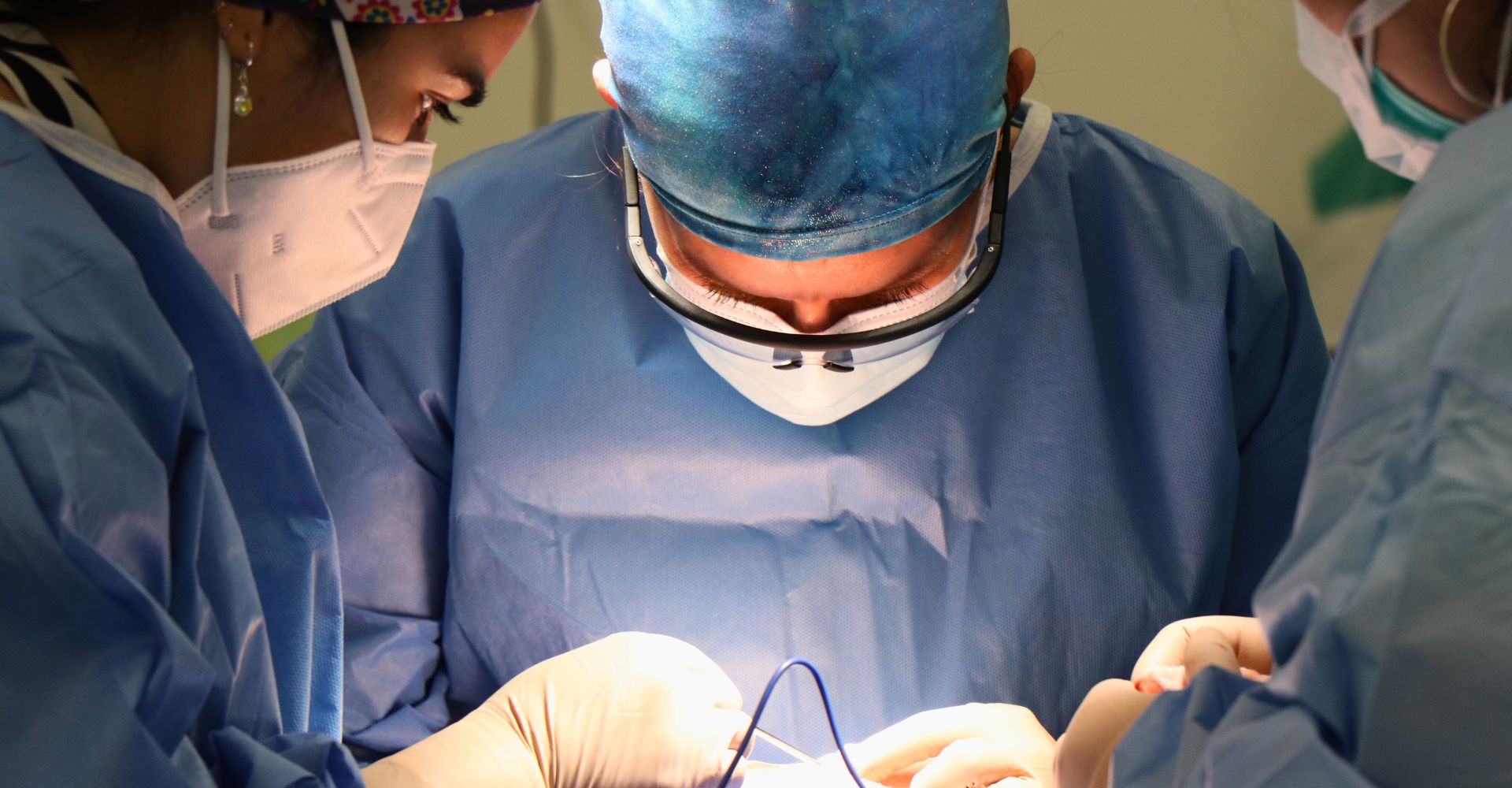
Improving Patient Outcomes Through CO2 Monitoring During Procedural Sedation
At Pacific West Medical, we recognize that monitoring patients during procedural sedation is critical for ensuring their safety and comfort. One of the key components to achieving this is the use of carbon dioxide (CO2) monitoring. By evaluating a patient’s respiratory status through capnography, healthcare professionals can significantly enhance patient outcomes in a variety of [...]
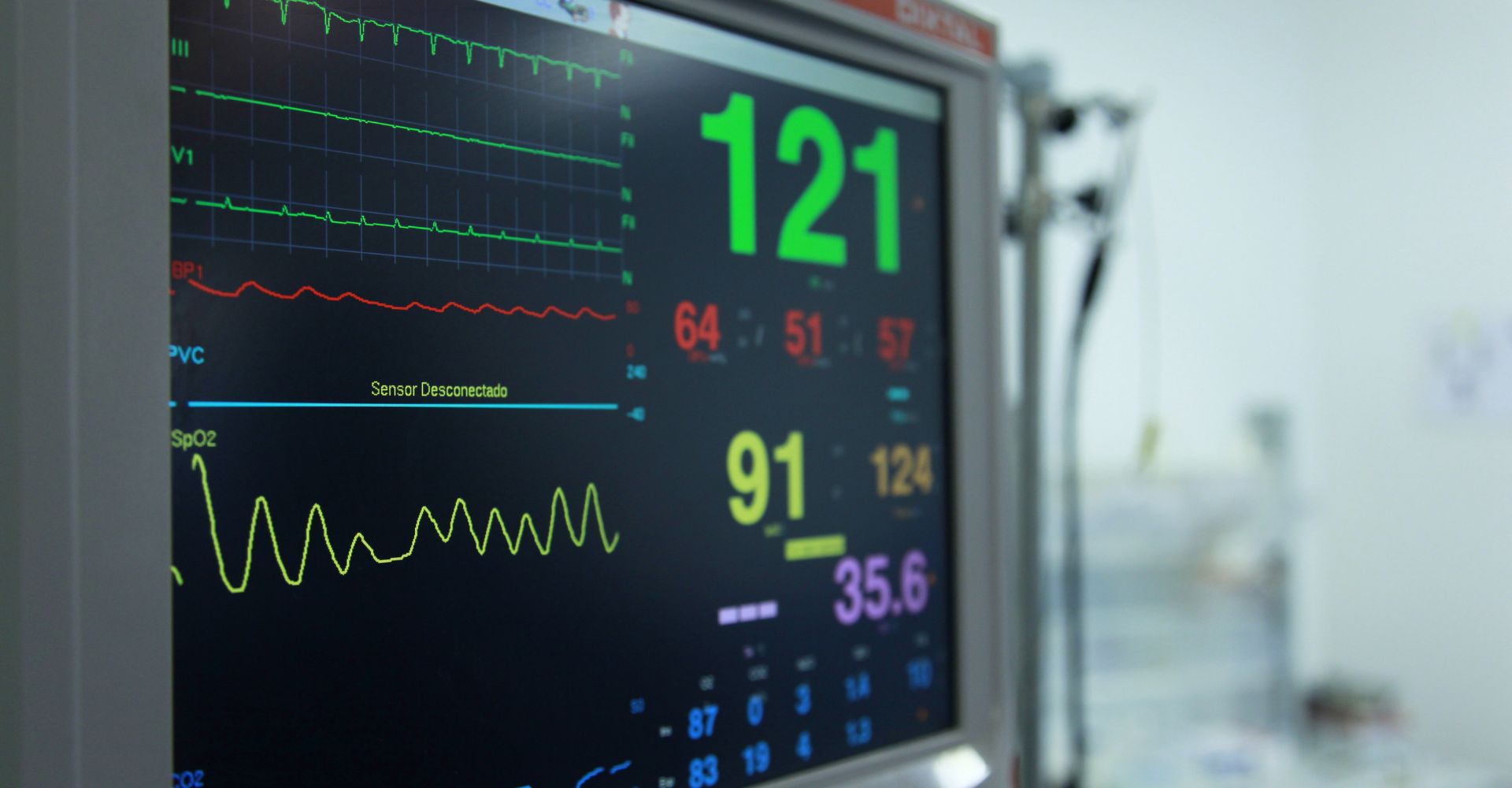
The Role of Capnography in Emergency Response Scenarios
In emergency medical situations, every second counts. Health professionals strive to make split-second decisions that can mean the difference between life and death. One vital tool in their arsenal is capnography, a non-invasive method that measures the concentration of carbon dioxide (CO2) in exhaled breath. At Pacific West Medical, we understand the significance of capnography, [...]
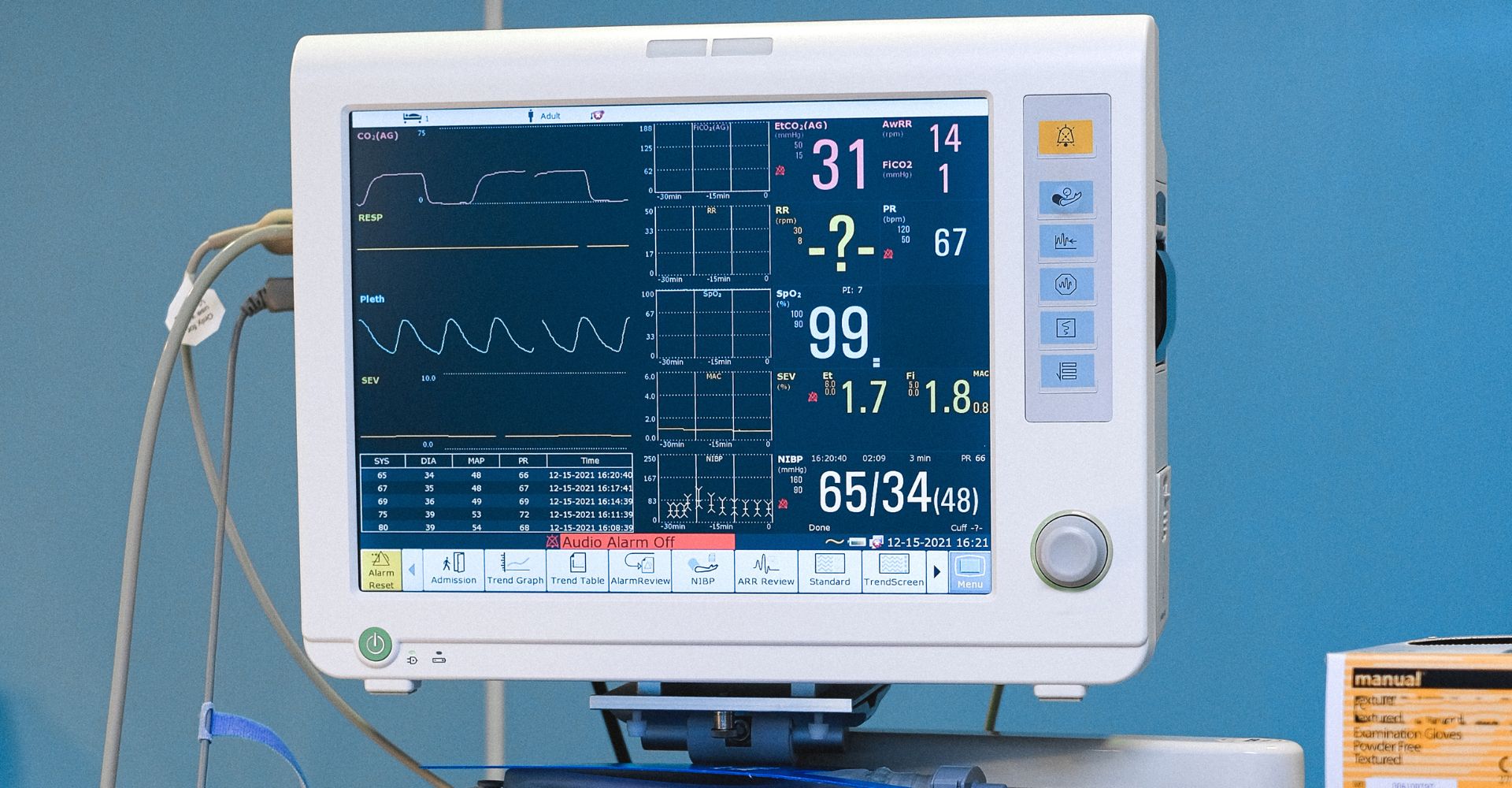
How CO2 Monitoring Can Help with Early Detection of Respiratory Distress
Early detection of respiratory distress is crucial for patient safety at Pacific West Medical. One of the most effective ways to monitor respiratory function is by using a medical CO2 monitor. These devices measure the carbon dioxide (CO2) concentration in a patient's exhaled breath, providing vital data that can signal potential respiratory issues. With timely [...]

The Benefits of Capnography for Non-Intubated Patients
Capnography is a crucial monitoring method in healthcare that measures the carbon dioxide levels in a patient's exhaled breath. While commonly used during intubation procedures, the benefits of this procedure and of using CO2 monitors extend to non-intubated patients as well, enhancing their care and safety in various medical settings.Learn more about how these emergency [...]
Recent Posts
- » Capnography and Its Relevance in Procedural Sedation and Pain Management
- » Best Practices for Implementing CO2 Monitoring in Your Medical Facility
- » Best CO2 Monitoring Equipment for EMS
- » Elevating Healthcare: The Future of Medical Device Sales
- » How Capnography Can Help in the Early Detection and Management of Sepsis
